COMPUTER VISION

KEEP PACE WITH MODERN LOGISTICS DEMANDS WITH AUTOMATION FROM ZEBRA
UV CAMERAS SEE WHAT REMAINS HIDDEN FROM OUR EYES FROM BASLER


KEEP PACE WITH MODERN LOGISTICS DEMANDS WITH AUTOMATION FROM ZEBRA
UV CAMERAS SEE WHAT REMAINS HIDDEN FROM OUR EYES FROM BASLER
AI-POWERED DEPALLETIZATION & DELAYERING FOR LOGISTICS AUTOMATION FROM PHOTONEO
Product area Computer Vision has many years of experience in products for image and vision applications. With us, you will find all the components needed for your vision system - from optics and cameras for both 2D and 3D to industrial computers and software and everything in between.




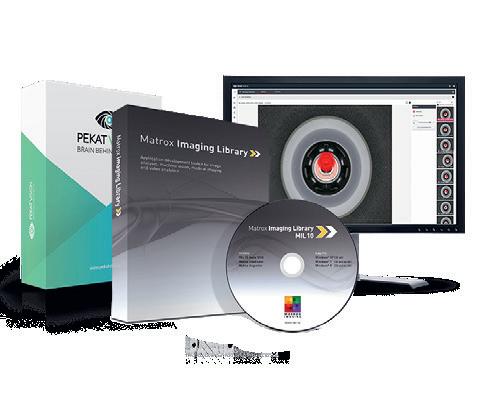
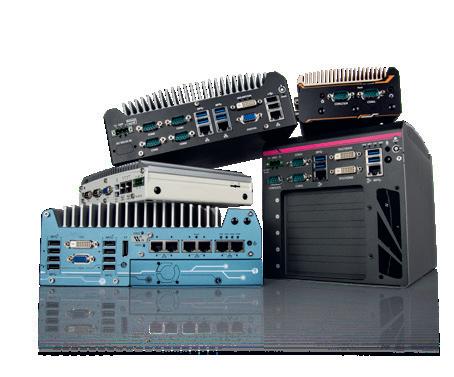

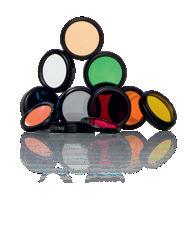

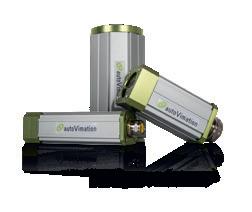
Lenses, LED Lighting, Filter, Enclosures

OEM Automatic has many years of experience in products for imaging and vision applications. With us, you will find all components needed for your vision system; factory automation, robotics, medical or individual components to embed into your custom project. Our unique range combined with high-quality support and product knowledge makes us the obvious choice when selecting components for your vision project.
Thanks to our wide product range, we can offer the most suitable and cost-effective solution for each application. On top of that, together with OEM Automatics complete portfolio, we can offer one of the automation markets broadest product range. We operate in Sweden, Norway, Denmark and Iceland and through sister companies in UK and Finland.
The broad and unique product range is made possible by our partnering manufacturers that are specialists and market leaders in their respective field. By being our partners’ local organization with full responsibility for sales, we can ensure that you get the benefits of a local distributer but at the same time get access to world leading technology and products.

TORBJÖRN FJORDE
Business Area Manager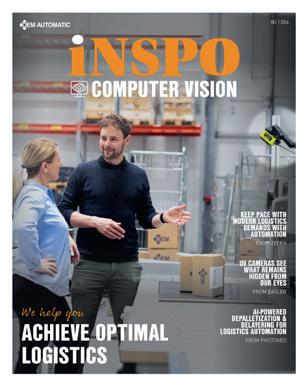
NUMBER 01/2024
GRAPHIC DESIGNER Julia Ax Johansson
PUBLISHER Jens Kjellsson
EDITION 2000
01/2024
06
UV CAMERAS SEE WHAT REMAINS HIDDEN FROM OUR EYES
Our ultraviolet cameras let you see what is hidden. This enables many unique applications, including sorting plastics, wafer surface inspection, solar cell inspection, and inspecting security features.
08
AI-POWERED DEPALLETIZATION & DELAYERING FOR LOGISTICS AUTOMATION
Depalletization and delayering refer to the process of unpacking or breaking down larger units, such as pallets or layers, into smaller units for further distribution or handling.
10 16
KEEP PACE WITH MODERN LOGISTICS DEMANDS WITH AUTOMATION
Warehousing and logistics environments today face increased pressure to keep pace with growing customer demands, particularly from e-commerce sales. When it comes to achieving the best possible results with cameras and vision systems, having the right lighting is a must.
CHOOSE THE RIGHT LIGHTING FOR CAMERAS & VISION SOLUTIONS

With components from Computer Vision you can manage all you logistic applications.
Solutions and products for everything:
Dock door
Packing stations
Depalletization
Binpicking
Volume measurement
Inspection
Forklift
Visionsystem
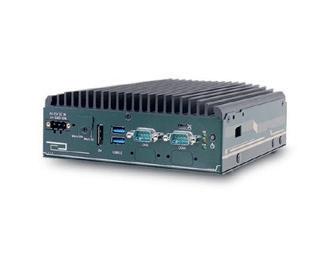
INDUSTRIAL COMPUTERS
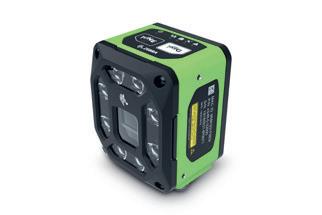

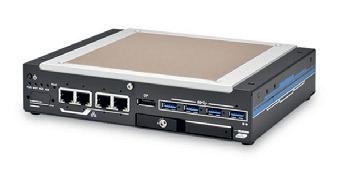
INDUSTRIAL COMPUTERS

 AREA SCAN CAMERAS
SMART CAMERAS & SCANNERS
AREA SCAN CAMERAS
SMART CAMERAS & SCANNERS
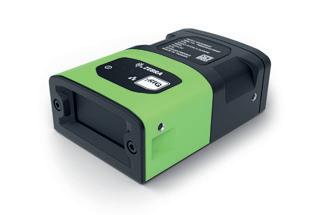
SMART CAMERAS & SCANNERS
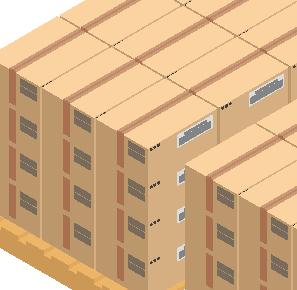

SMART CAMERAS & SCANNERS


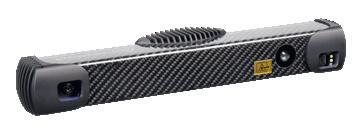



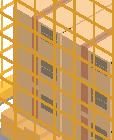

SMART CAMERAS & SCANNERS

SMART CAMERAS & SCANNERS

INDUSTRIAL COMPUTERS




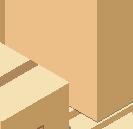

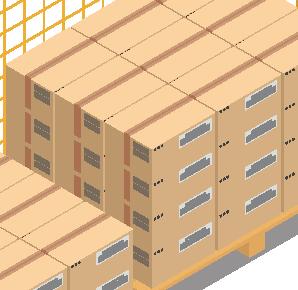
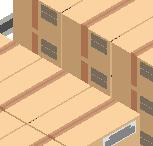


INDUSTRIAL COMPUTERS
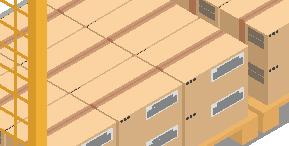 3D PRODUCTS
3D PRODUCTS
AREA SCAN CAMERAS
3D PRODUCTS
3D PRODUCTS
AREA SCAN CAMERAS
Our ultraviolet cameras let you see what is hidden. This enables many unique applications, including sorting plastics, wafer surface inspection, solar cell inspection, and inspecting security features.

UV SPECTRUM
Capturing images in the invisible light spectrum with wavelengths from 200 nm to 400 nm
HIGH SENSITIVITY
Thanks to the Sony IMX487 Pregius S UV sensor with 8.1 MP resolution, global shutter, and back side illumination
SMALL DESIGN
Easy to design in thanks to its compact 29 mm x 29 mm housing
UV ACCESSORIES
Large selection of UV components suitable for ultraviolet applications
STANDARD INTERFACES
GigE, USB 3.0, and 5GigE interfaces for high data throughput, supported by industrial PCs and embedded systems
SLP FEATURE
SLP feature integrated into the camera to connect and control different light sources via Basler’s SLP Controller
TOP PRICE/ PERFORMANCE RATIO
UV portfolio with high quality and low list prices
HIGH DURABILITY AND RELIABILITY
Known reliability and durability of our products plus a three-year warranty
ace 2 X UV cameras operate in the ultraviolet (UV) spectral range. Similar to the Short Wave Infrared (SWIR)range, many materials have different optical properties here than in the visible range. This predestines the technology for special applications beyond the visible wavelengths.
Effective inspection of wafer material, even below the visibility limit, includes surface inspection. Here, UV cameras offer the possibility of capturing even finer features and structures, as they achieve even higher resolutions in the short-wave UV range.
Glass and plastics such as PVC, PET, PMMA, and PC each have different levels of UV light transmission. They can therefore be differentiated based on their optical properties and be sorted during recycling, for example.
Scratches or cracks on the surface of solar systems must be detected early on in the process chain. UV cameras help to automate production processes and quality controls for testing everything from individual silicon blocks to complete photovoltaic cells.
During the production and inspection of banknotes and ID documents, security features under the surface can be checked for errors or forgeries. The inspection of special printing inks is also possible in the UV spectrum.
Basler area scan cameras stand for first-class image quality at an outstanding price/performance ratio. Our wide range of products is sure to deliver the right camera for your application - whether it's for factory automation, medical & life sciences, logistics, robotics, or something new.
RESOLUTIONS FROM VGA TO 45 MP
Resolutions suitable for various requirements in all industrial application areas
TOP PRICE/PERFORMANCE RATIO
High quality and low list prices, along with consulting and guidance tools for optimized system design
VARIETY OF INTERFACES
Marketing establish interface like, GigE, USB3, CXP-12, Mipi and LVDS.
WIDE PORTFOLIO OF ACCESSORIES
Custom-fit components and pylon software without over-engineering


Depalletization and delayering refer to the process of unpacking or breaking down larger units, such as pallets or layers, into smaller units for further distribution or handling. Both depalletization and delayering play crucial roles in optimizing the flow of goods in logistics, particularly in warehouses, distribution centers, and factory floors. The automation of these processes helps streamline operations, improve order fulfillment accuracy, and enhance the overall efficiency, reliability, and safety of logistics operations.
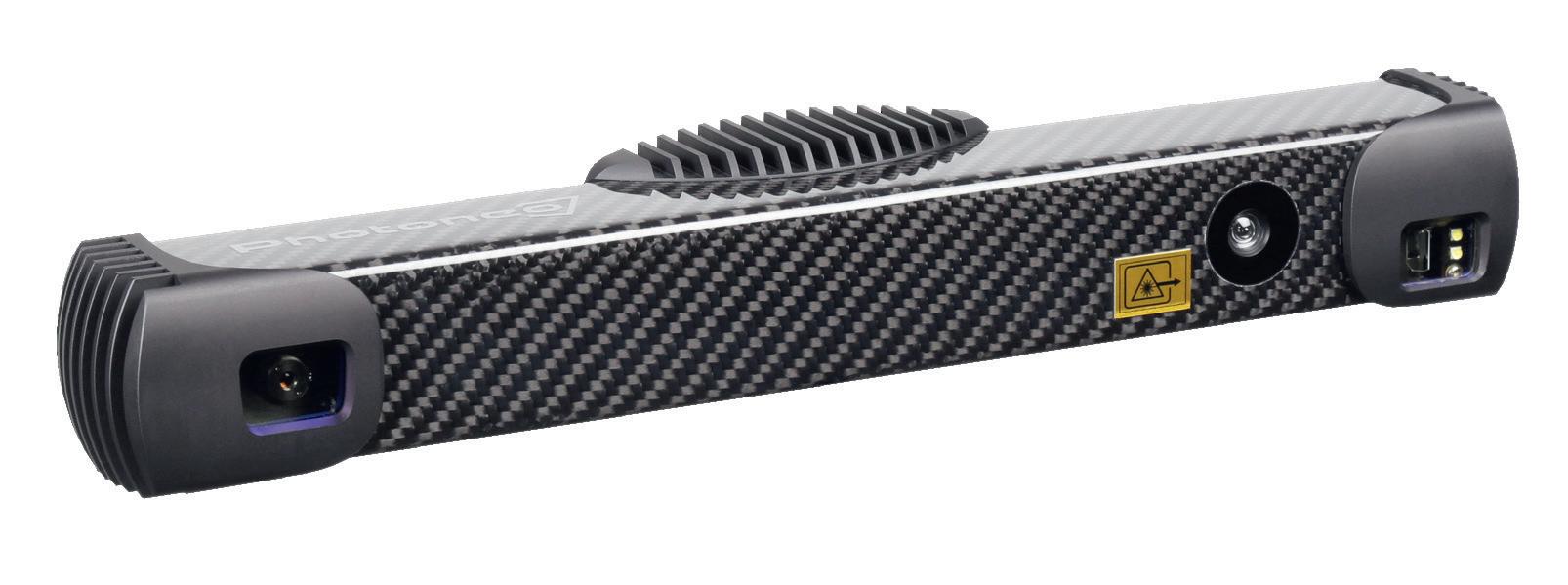
Depalletization is the process of removing individual boxes from a pallet. Compared to manual depalletization, an automation solution is much faster, safer, and more reliable. Automate repetitive physical work with reliable AI driven vision solution. Fast image acquisition speeds up the processing time and enables 24/7 operation and recursion of downtime. AI Neural network is flexible and can be trained and re-trained according to your specific needs. The modular nature allows you to choose a stand-alone vision solution or upgrade it to include robotics and path planning

The ultimate goal in logistics applications is speed and efficiency. These two values can be tremendously increased with delayering. Speed up your logistics to pick goods by entire layers and automate your whole warehousing by combining it with other Photoneo solutions. Maximum flexibility allows you to pick any type of goods, regardless of their shape and size, while using any gripper of your choice. User Defined approach allows you to specifically finetune the solution to your specific use case, without the need for programing or further customization. Fast image acquisition and processing allows you to maximize effectivity by minimizing the turnaround time.

3D scanning of transparent and shiny materials is a great challenge in machine vision. It has been in the focus of attention of machine vision developers for years to meet the increasing need for unlimited automation.
New 3D scanning method allows significantly improved signal-readout from transparent, translucent, and glossy objects to provide much more completeness and quality of 3D scans even without the need of using coating and scanning sprays. Allowing to automate previously challenging use cases in logistics, automotive and pharma industries.
The same way we were gradually improving the Ambient Light Suppression technology in our PhoXi 3D Scanners, allowing you to scan under direct sunlight with the latest ALS Gen 3, we now improved our MotionCam-3D by adding a new scanning mode for exceptionally challenging materials.
Logistics, retail, and grocery order fulfillment are experiencing a huge boom in adopting automation. Because they need to deal with huge volumes of mixed items, automation in these sectors only makes sense if all kinds of objects can be handled. In other words, automation systems that can only deal with 90-95% of products do not work in practice.
LOW NOISE AND ACCURACY
of 3D scanning of dynamic scenes
INDUSTRY-READY DEVICE
with IP65, PoE and thermal calibration
COMPUTATIONAL POWERHOUSE provides 15 million 3D points per second
UNRIVALED SCANNING RANGE from 36 cm up to 4 m

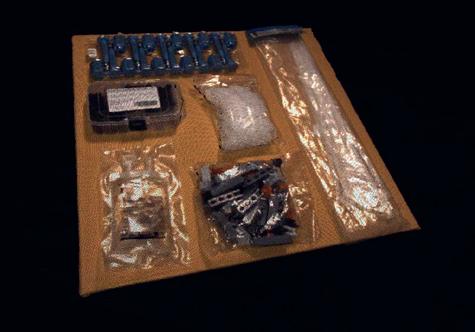

Warehousing and logistics environments today face increased pressure to keep pace with growing customer demands, particularly from e-commerce sales. In the wake of disruptions caused by labor shortages and the COVID-19 pandemic, businesses have increasingly turned to automation technologies as they look to improve speed, accuracy, cost effectiveness and ease-of-use requirements. Two of the “must have” automation innovations modern logistics environments require are the latest in barcode-reading sensors and machine vision cameras and software.
APPLICATIONS: 1D and 2D barcode reading.
SOLUTIONS: FS10 fixed industrial scanner; FS40 fixed industrial scanner; Zebra Aurora Focus™ software; Zebra printers; Zebra mobile computers.

HIGHLIGHTS: Accurate high-speed code reading, visible and audible success decode cues, linerless and other print technologies, plus an on-board Human Interface Device (HID) keyboard for translation.
Zebra’s FS10 and FS40 fixed industrial scanners and Aurora Focus machine vision software simplify the deployment and operation of automated packing bench scanning applications, which include audio/visual cues and on-board translation for successful decodes for fast-paced environments.


APPLICATIONS: 1D and 2D barcode reading; label verification; missing or misplaced logo detection; stray print detection.

SOLUTIONS: FS40 fixed industrial scanner; VS40 smart camera; Zebra mobile computers; Aurora Focus software.
HIGHLIGHTS: Rugged and reliable hands-free scanning, barcode reading and machine vision inspection capabilities contribute to improved loading efficiency and shipping rates.
Zebra’s rugged FS40 fixed scanner, VS40 smart camera, and Aurora Focus software deliver barcode reading and simple machine vision inspections in one device, saving time and increasing accuracy when it comes to automated code reading
APPLICATIONS: 1D and 2D barcode reading; label verification; missing or misplaced logo detection; stray print detection.

SOLUTIONS: FS40 fixed industrial scanner, VS40 smart camera, Aurora Focus software, or CV60 machine vision camera, 4Sight vision controllers and Zebra Aurora Vision Studio™ software.
HIGHLIGHTS: High-speed code reading with working range options, barcode reading and machine vision inspection capabilities for improved loading efficiency and shipping rates—all available with Zebra Technologies.
Zebra’s rugged FS40 fixed scanner and VS40 smart camera both support Zebra Aurora Focus software and feature a robust design with onboard lighting and one cable for power and I/O that suit varying dock door scanning needs.
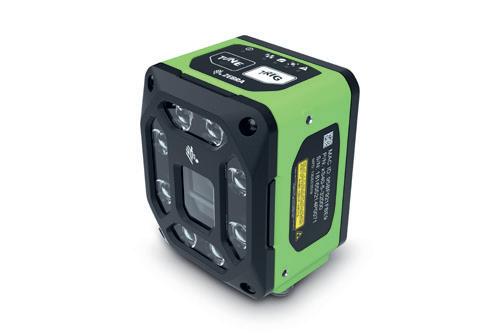
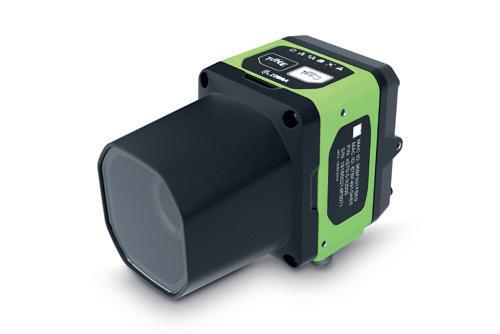



Zebra’s rugged FS10 and FS40 fixed industrial scanners both support Aurora Focus software and feature a robust design with onboard lighting and one cable for power and I/O that suit varying dock door scanning needs.
Zebra’s smart cameras are available with 1.2 to 5.1 MP image sensors. From scan tunnels to forklift or dockdoor scanning applications, smart cameras deliver fast, accurate imaging with powerful software support.
Iris GTX smart cameras feature CMOS sensors ranging from 2 to 16 MP and substantial processing power in a compact all-in-one vision system. These devices deliver fast, high-resolution imaging for demanding warehousing applications including high-speed scan tunnels.
Zebra provides the industry’s most comprehensive frame grabber lineup, ranging from entry-level models for very cost-sensitive applications to boards supporting single or multi source high-rate image and video acquisition and featuring pre-processing capabilities. With CoaXPress, Camera Link and GigE Vision options—plus video sources from SD to HD all the way to UHD, these frame grabbers suit packaging applications such as scan tunnels.
Zebra vision controllers feature a unique combination of embedded PC technology, expansion capabilities, optimized size, and sturdiness, making them ideal solutions for demanding multicamera machine vision applications, such as high-speed scan tunnels.

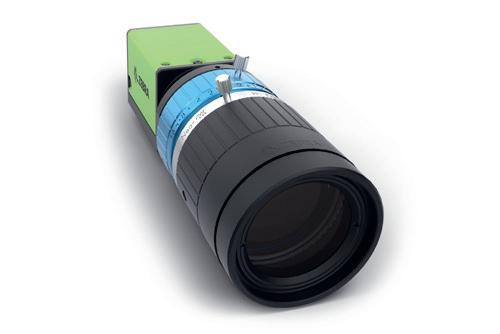


AltiZ high-fidelity, high-speed 3D profile sensors feature a dual-camera single-laser design that minimizes scanning gaps at critical surface junctures. AltiZ 3D sensors can be reliably deployed in a range of packaging applications, including measuring volume and confirming dimensions.
The CV60 series of area scan cameras are built for vision systems featuring multi-camera configurations, such as high-speed scan tunnel applications. With several monochrome and color models to choose from, the GigE Vision CV60 series features high-resolution CMOS sensors with resolutions ranging from 2.3 to 12.3 MP.
The GS20 connectivity gateway for scan tunnel applications substantially increases package tracking and sorting throughput. With support for up to 16 cameras, the GS20 aggregates all captured scan data to quickly send only the information required by the host application.
The Zebra Aurora suite of industrial automation software enables users of all experience levels to solve their track-and-trace and vision inspection needs in today’s packaging applications, delivering control over all Zebra fixed industrial scanners and machine vision smart cameras, and simplifying management of enterprise-wide manufacturing and logistics automation solutions.
Neousys first Drone PC
Neousys FLYC-300 is an NVIDIA Jetson Orin NX based computer, tailor-made for drone and UAV applications. Designed to coincide and collaborate with the flight controller that is responsible for stabilizing and controlling drone’s flight.
FLYC-300 boasts a versatile array of connectivity options, including two Ethernet, two USB3.2, and two GMSL2 ports. Making it ideal for real-time video analytics applications such as drone imagery collection, environmental monitoring, infrastructure monitoring.
Up to 100 TOPS GPU by Jetson Orin NX
Supports multiple camera and sensor interfaces:
2x GbE and 2x USB3 for RGB/ Infrared/ hyperspectral cameras and lidar/ radar
2x GMSL2 for HDR/ 3D cameras
Built-in UART and CAN to interact with flight controller
1x M.2 2230 for storage and 4G/5G communication ready
Supports 4S-14S drone battery pack
Weighs only 297g
Nuvo-9531 now with a flat heatsink

Nuvo-9531-FT is a new category of fanless computer that are utilizing a flat heatsink for passive heat dissipation. It is designed to be installed inside a metal cabinet, waterproof box or explosion-proof case, where ventilation is limited. Heat generated by Nuvo-9531-FT can be effectively conducted to the outer surface of the cabinet to maintain optimum operating temperature. Combining this with excellent computing performance, abundant I/O connections, compactness, makes the Nuvo-9531-FT is perfect for applications where traditional fanless computers fall short.
212 x 165 x 45 mm low-profile design with flattop heatsink Intel® 13th/12th-Gen Core™ 65W/ 35W LGA1700 CPU
Rugged, -25°C to 60°C fanless operation
4x 2.5GbE with optional PoE+ and 4x USB3.2 Gen 1 with screw-lock
1x M.2 2280 Gen4 x4 NVMe and 1x hot-swappable HDD tray for storage
4-CH isolated DI and 4-CH isolated DO VGA + DP dual display output

Affordable Waterproof Nuvo-9000
Nuvo-9650AWP is a cost-effective IP66 waterproof computer with Intel 13th/12th Gen CPU designed for harsh and demanding environments. Thanks to its streamlined waterproof chassis and standardized cable kit, Nuvo-9650AWP has an affordable total cost of ownership (TCO). The Nuvo-9650AWP can withstand intensive shock and vibration, dust, humidity and salinity.
Intel® 13th /12th-Gen Core™ 24C/ 32T CPU
Affordable IP66-rated design for waterproof and dustproof Up to 96GB DDR5 4800 SODIMM
-25°C to 70°C wide-temperature fanless operation
3x 2.5Gb and 1x Gb Ethernet ports via M12 X-coded connectors, with PoE+ option
1x waterproof USB3.2 Type-C port supporting DisplayPort and USB3.2 dual output
8V to 48V DC input with built-in ignition power control
A slimmed down NRU with flat heatsink
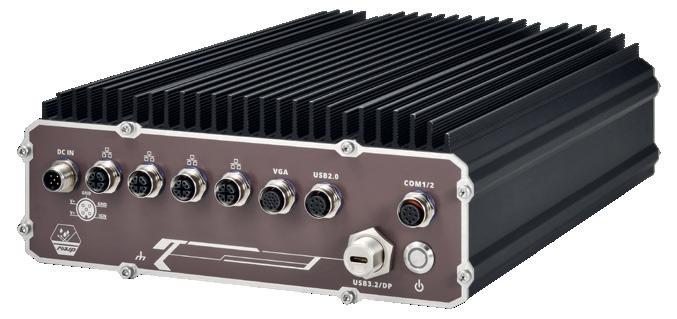
The NRU-150-FT series is a compact, fanless edge AI computer incorporating Jetson Orin NX and independent 2.5GbE PoE+ or USB 3 camera connectivity. The flattop heatsink design further expands application scenarios by allowing users to mount the NRU-150-FT series inside a sealed enclosure and conduct the heat to the outer surface, offering a -25 to 60°C wide-temperature fanless operation. The PC is slimmed down to only the most necessary I/O to make sure it both have a small foot footprint and a competitive price.
Powered by NVIDIA® Jetson Orin™ NX bundled with JetPack 5.1
Up to 100 TOPS AI inference performance
Full-bandwidth ports for camera connectivity:
4x 2.5GbE PoE+ ports (NRU-154PoE-FT)
6x USB 3.2 ports (NRU-156U3-FT)
1x RS-232 and 1x isolated RS-485
1x DisplayPort, supporting 3840x2160 at 60Hz
1x M.2 2242 M key NVMe for storage
-25°C to 60°C fanless operating temperature











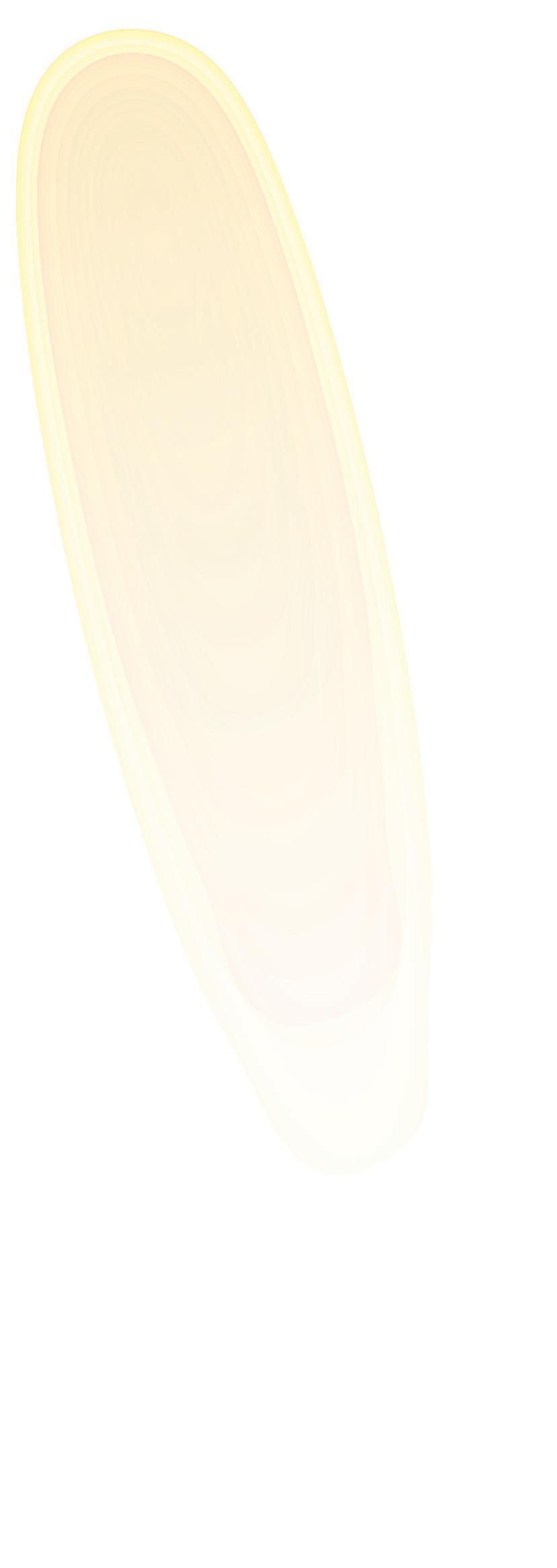


When it comes to achieving the best possible results with cameras and vision systems, having the right lighting is a must. At OEM Automatic, you can find a wide range of LED lighting from some of the market’s best manufacturers. To assist you in choosing the right type of lighting and lighting color for your specific needs, we offer a guide here. If you need personalized support, we are always here for you and look forward to helping you create a brighter future for your projects!
In our range of lighting for computer vision, you will find LED lights that stand out in terms of performance and reliability. These lights are the latest and greatest in technology, ready to meet the toughest challenges. With smart technology, long lifespan, and the ability to adjust brightness and color, you can create high-quality images and data. When you choose to work with us, you not only get high-quality lighting, but also a partner who understands what you need. We are here to ensure that your experience is easy, smooth, and above all, successful.
LED lights are a popular and efficient solution for cameras and vision systems because they draw little power and have long durability. They can also strobe and offer many different colors. Strobe is like a traditional flash, providing strong illumination for a short time just when the camera takes the picture. You can either give it a constant signal and it will stay lit all the time, or send a short pulse for a flash. By using industrial LED lighting, you can create a
robust and durable vision solution. This is a crucial factor in obtaining a high-quality image, as it becomes possible to show contours more clearly and highlight or obscure details. To achieve the best possible results, it is important to choose LED lighting of the right model and color. There is also the possibility of custom-designed LED lighting for a specific application.
Lighting is often the cheapest and most fundamental component in a vision application. A vision system needs a constant level of contrast to generate the right results time after time, as it does not have the flexible ability to assess objects like the human eye does. A rule of thumb is that a minimum contrast difference of 20% is required for a computerized vision system to function. Even the best software depends on high-quality images to function effectively, as the result becomes more accurate if the software does not have to compensate for poor image quality.
The aim of selecting lighting is to create an environment with as uniform illumination as possible, tailored to the type of measurement or inspection the application requires. Although each type of lighting has its own specific function, they often work in many other types of solutions than what they were originally intended for. For example, a spotlight designed for direct light can be placed at an angle to create indirect light, also known as “dark field.” For many applications, a combination of several different types of lighting may be the optimal solution.
The light is directed straight onto the object, typically creating distinct shadows or remove shadows altogether with a ring light. This lighting technique provides high contrast but can also produce unwanted reflections when used on reflective or glossy objects.
The light is directed at a surface with a shallow angle of incidence, typically remaining invisible to the camera. However, any irregularities on the surface, such as scratches or dirt, will alter the angle of light reflection and thus appear as distinct visible objects.
A uniform field of light positioned behind the object to be inspected. The object will appear as a clear silhouette against the bright background. This is a technique commonly used in dimension measurement or orientation tasks.
Reflective lighting that provides an indirect soft light without shadows and reflections. This type of lighting, comparable to the light experienced outdoors on a lightly cloudy day, is especially useful for inspecting highly reflective materials.
A variation of diffuse lighting where a perpendicular beam of light, directed axially towards the object using a semi-transparent mirror. This is a useful method when space is limited or when inspecting reflective materials.
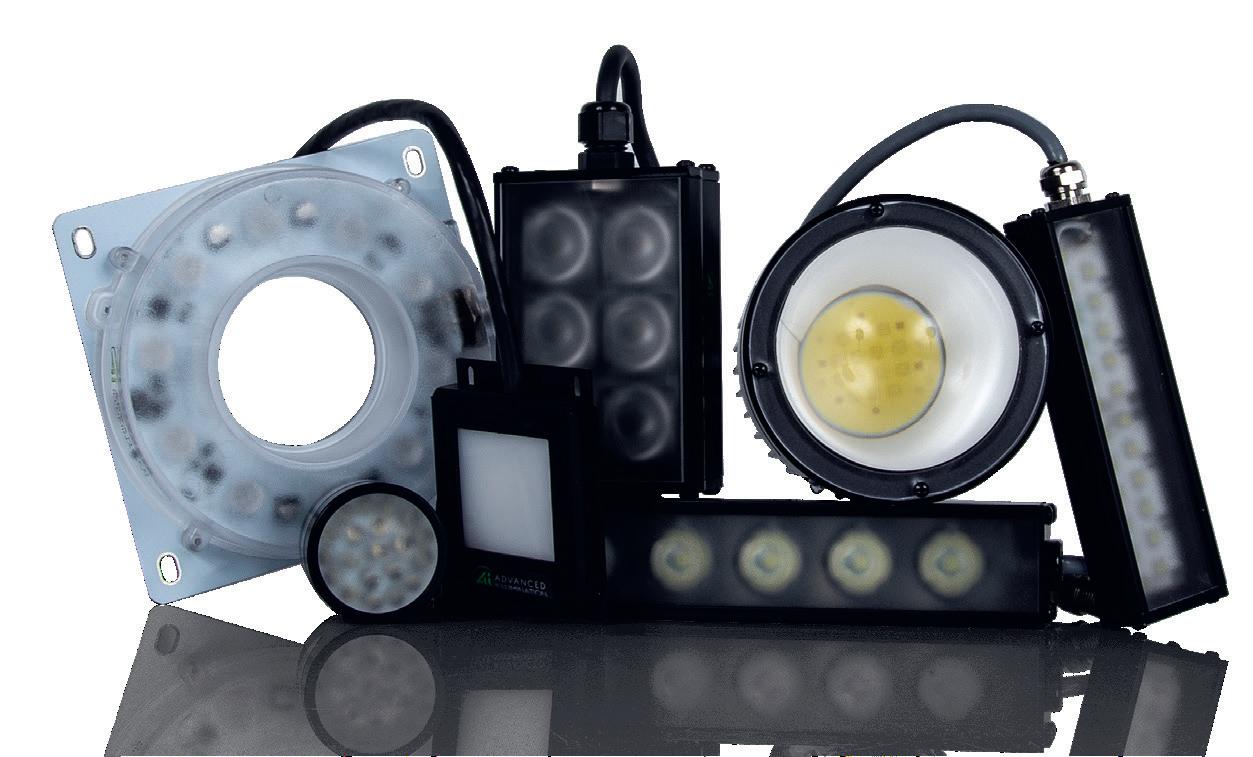
Choose the right lighting color to achieve the highest image quality and performance in your machine vision application. It’s important to consider that different lighting colors can affect the camera’s image quality and performance. Therefore, it’s crucial to select the appropriate lighting color that suits the application and the camera’s ability to reproduce color.
The optimal wavelength of light for an inspection depends on two factors: the color of the object and the sensitivity of the camera. A color camera typically performs best when a white light source is used, while the results from an inspection with a monochrome camera can be optimized using colored light, which can have a contrast-enhancing effect. The color wheel is a useful tool for choosing the right color for the lighting.
A lighting setup with all colors, red-green-blue, offers many advantages compared to standard red or white lighting. Coupled with one of Advanced Illumination’s multichannel power supplies, an RGB lighting system can generate the entire color spectrum by individually adjusting the intensity of the three channels. This adjustability allows the operator to tailor the colors depending on variations in an object’s color. Another advantage of RGB lighting is that when all three channels are set to maximum intensity, it produces a white light that is approximately twice as strong as conventional white LED lighting.
The highest possible contrast is achieved by using opposing colors in the wheel.
EXAMPLE:
A “cool” color in the lighting makes warm colors darker while enhancing other cool colors.
Infrared is a useful wavelength often overlooked in lighting choices. Since IR is invisible to the human eye, it’s a useful solution for applications where strong light can be irritating or even harmful to personnel. Infrared light can also neutralize color differences in objects and has higher penetration capability than regular light, making it an excellent choice for inspections of materials like plastic.
When using a monochromatic light source, it’s advisable to also use a color filter specific to that color. This blocks out all other light, making the application much more robust since light from other sources such as overhead lights or the sun will have minimal impact.
The ability to control what the camera sees determines how effectively a machine vision application will function. Eliminating unwanted information or noise can shorten processing time and limit the risks of erroneous results. A simple technique to prevent unwanted light from reaching the camera is the use of filters. There are several common types of filters available today, such as polarization filters and bandpass filters.
Using strobed lighting offers primarily two advantages. The first is that by activating the lamp only when the camera actually needs light, both power consumption and lamp hours can be reduced, thus extending the lifespan of the lighting. The second advantage relates to intensity and brightness. Heat is what affects LED lamps most negatively. Heat is generated while the diode is lit when the lamp is on. Advanced Illumination has developed an advanced control function that monitors the temperature and adjusts to the lamp's surroundings. This allows for increasing the brightness by up to 500% of its maximum capacity.
Kalla färger Lila Blå Grön Varma färger Röd Orange Gul Cool Colors: Purple Blue Green Warm Colors: Red Orange YellowDo not hesitate to contact us if you have any questions.





TORBJÖRN FJORDE
Business Area Manager
075-242 41 51 torbjorn.fjorde@oemautomatic.se
ELOF JÖNSSON
Support Engineer
075-242 43 14 elof.jonsson@oemautomatic.se
JOHAN KASTENSSON
Sales & Product Manager
075-242 43 34 johan.kastensson@oemautomatic.se
PER-ANDERS GÖREBRANT
Business engineer
076-548 32 24 per-anders.gorebrant@oemautomatic.se
SIMON ERLANDSSON
Business engineer
076-527 81 26 simon.erlandsson@oemautomatic.se




DAVID PERSSON
Product Manager
075-242 42 58 david.persson@oemautomatic.se
ROBERT NORS
Purchaser
076-527 82 99 robert.nors@oemautomatic.se
MATTIAS ANDERSSON
Sales Manager
075-242 42 73 mattias.andersson@oemautomatic.se
TORSTEIN NICLASEN
Business engineer
075-242 41 79 torstein.niclasen@oemautomatic.se














